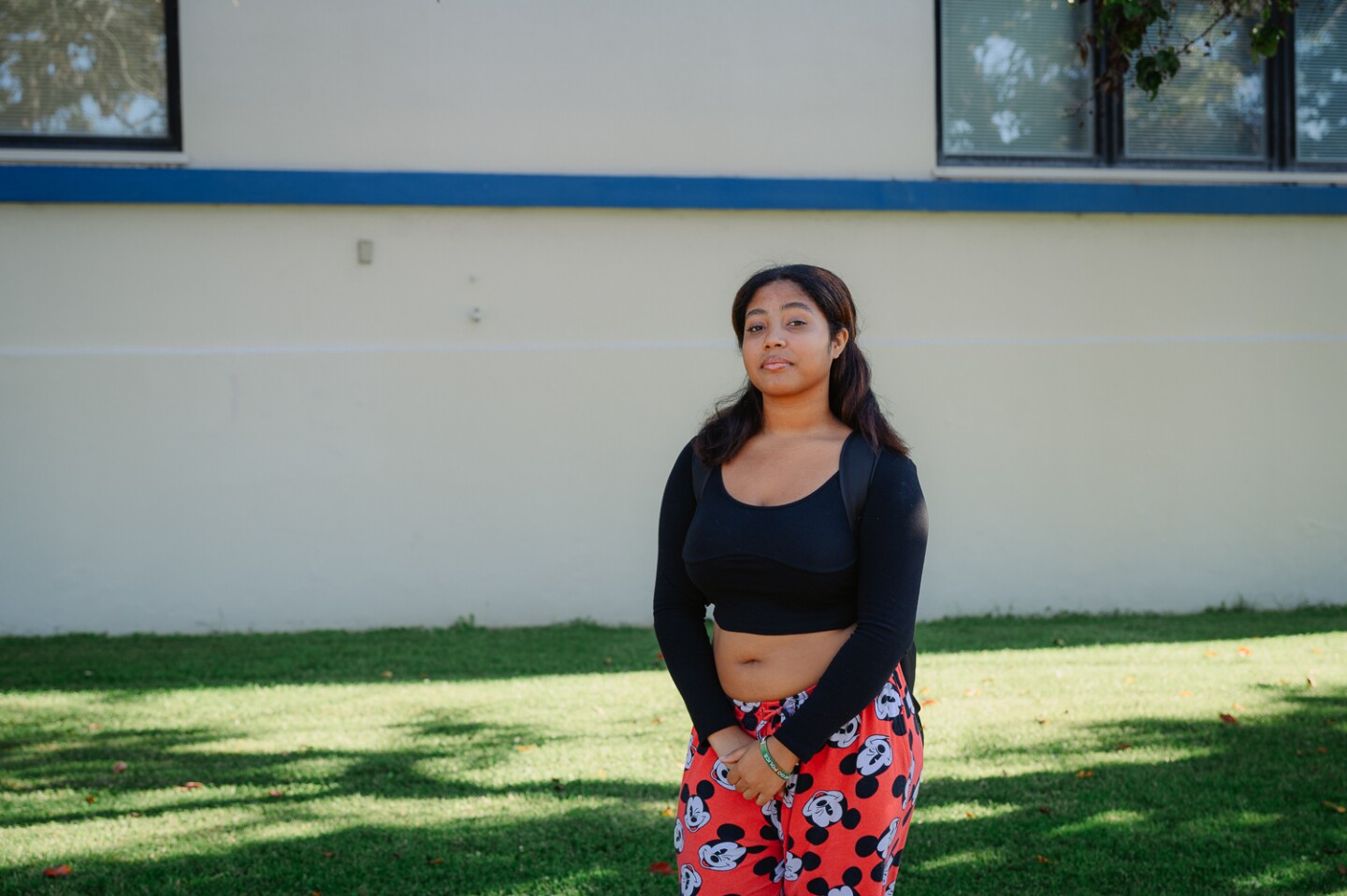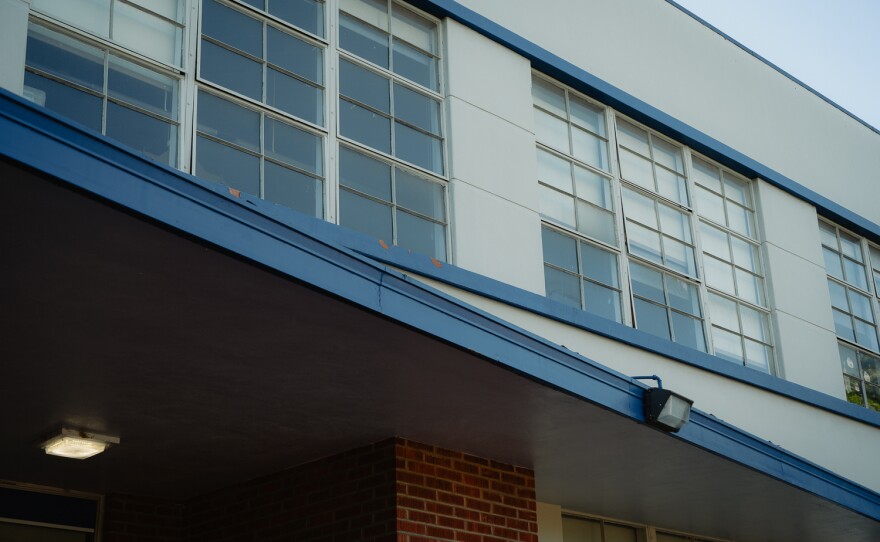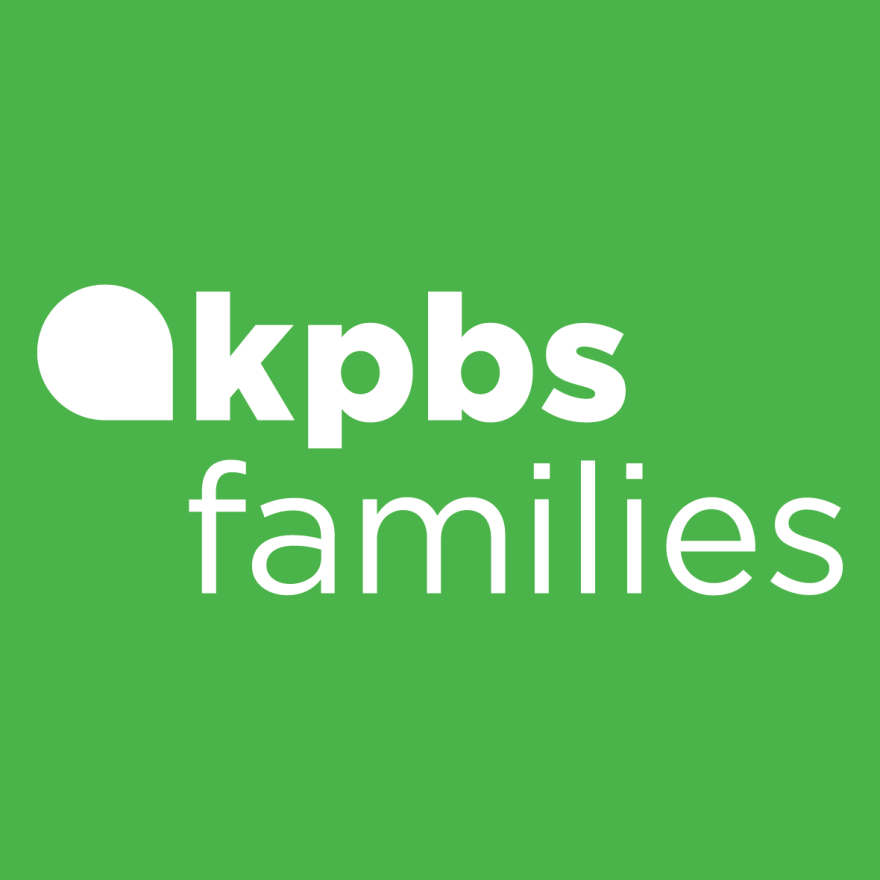Bathrooms have always been bastions of bad behavior in high schools. But this year, student leaders at Sweetwater Union High School District campuses say administrators have taken things too far in their efforts to crack down.
Students and a staff member told KPBS that administrators are closing large numbers of restrooms on campuses in an attempt to curb vaping, vandalism and other issues.
But the decision, they said, has disrupted student access to a basic need — at times leaving only one or two open restrooms to serve 2,000 students.
Chula Vista High freshman Pethra Duron said she had to walk five minutes just to find an open bathroom on Tuesday and then had to wait in line to get in, missing a chunk of her Spanish class.
“You gotta learn how to cope,” she said.


Other students also reported having to search the halls for an open bathroom and waiting in long lines once they found one. Some said teachers would at times assign detention to kids who had been gone on bathroom trips for too long.
Student leaders said the problem spans the entire district. At a school board meeting last month, student representative Izayah Ringfield said the bathroom closures were a constant point of discussion among the Associated Student Body (ASB) presidents.
“One bathroom open throughout the entire campus is huge,” said Ringfield, a junior at Chula Vista High School. “You’re talking about 2,000-plus students.”
District officials did not respond to a request for comment.
Chula Vista High School principal Julio Alcalá said he doesn’t remember a situation where the school only had a handful of bathrooms open.
“I don’t have any recollection of any specific time where we had just one or two restrooms available for students,” Alcalá said.
He said administrators do close bathrooms in response to vaping and vandalism, which he said tend to happen more frequently early in the school year. Vaping, in particular, is an ongoing challenge for schools across the country.

But closing bathrooms may violate state law, which requires all California schools to have at least one bathroom for every 40 students. State lawmakers also recently passed a new law requiring schools to have an all-gender restroom that students can easily access as well.
Other schools across the county have also at times restricted access to bathrooms, including Patrick Henry High School and Lincoln High School in the San Diego Unified School District. But bathroom closures don’t appear to be as big of a problem on those campuses, according to some parents.
After the issue was raised at the September Sweetwater Union High board meeting, some schools have responded to student concerns. At a board meeting earlier this week, Ringfield told the board that several schools were opening up more bathrooms during the school day.
But students still want to see more facilities open. As she left Chula Vista High on Tuesday, Duron said high school was already complicated enough with new classmates and coursework.
“(The) bathrooms just make it worse,” she said.






